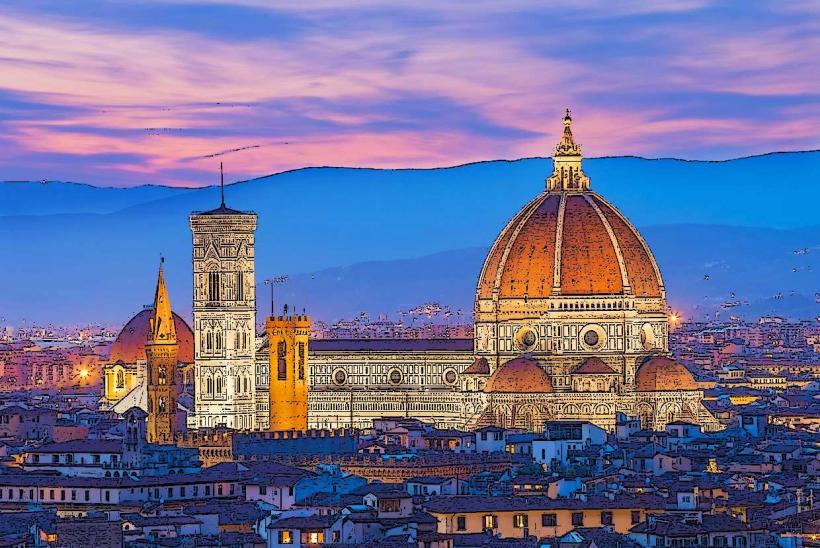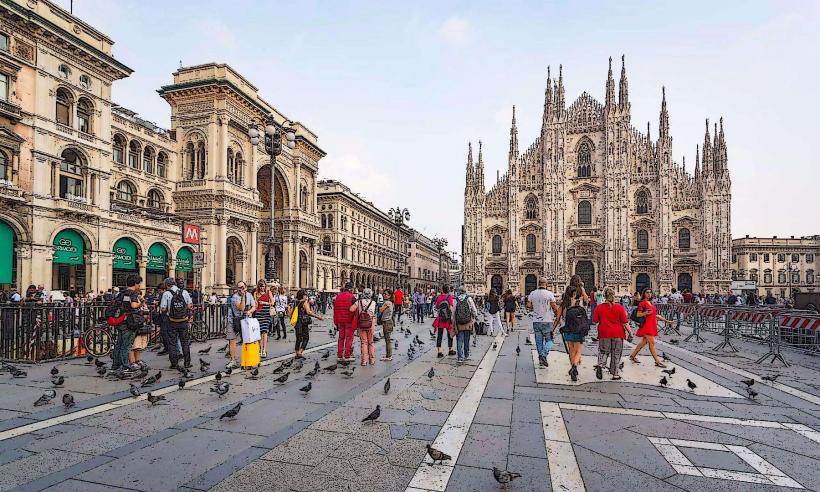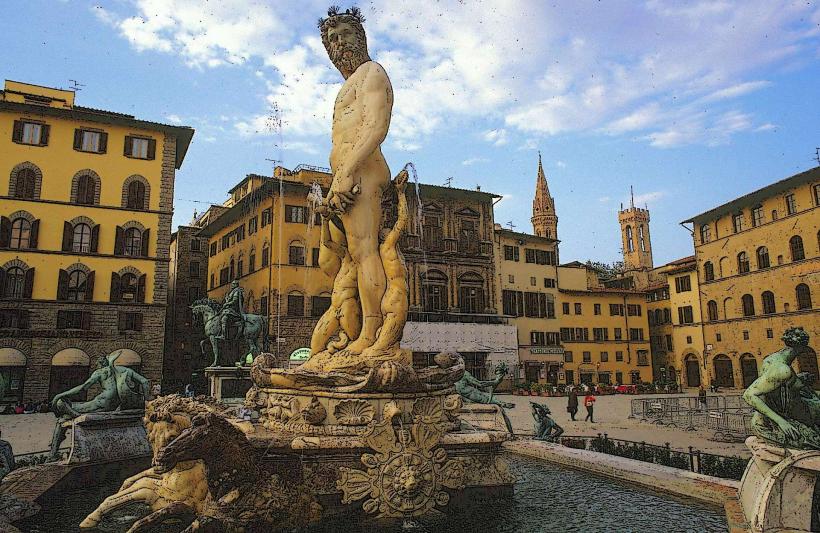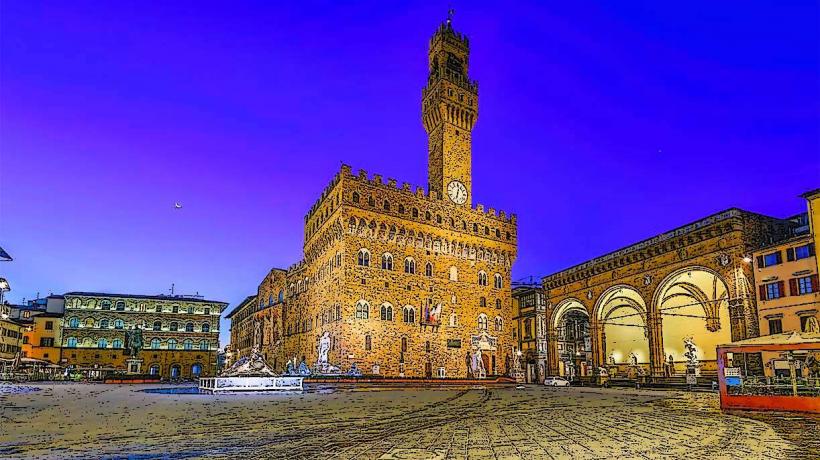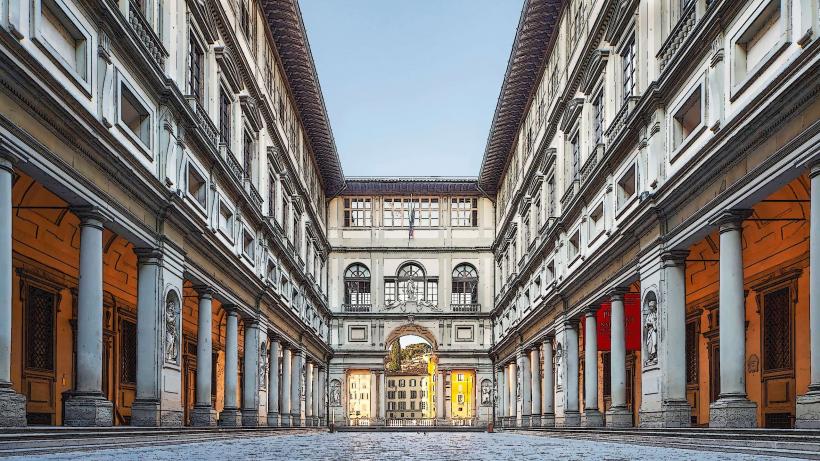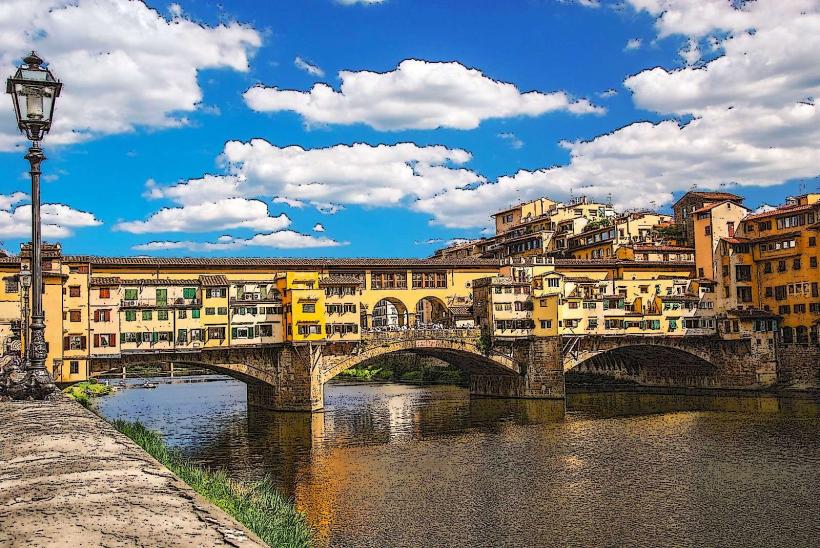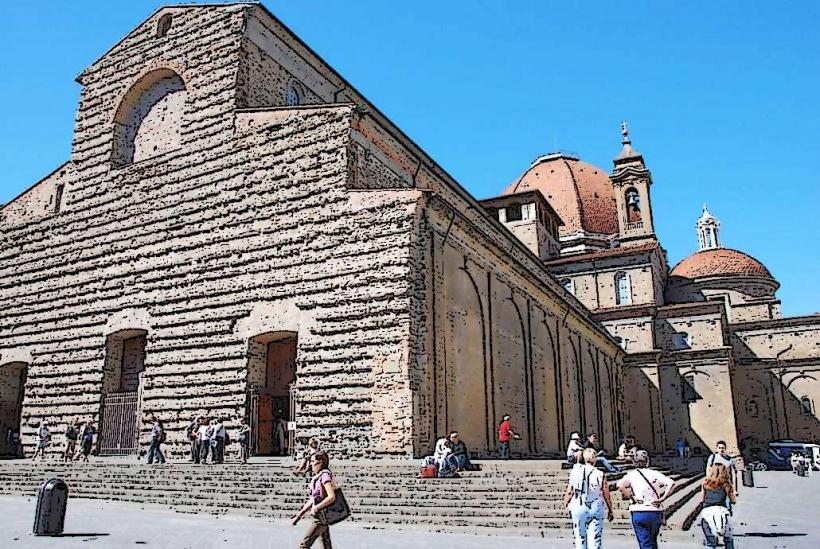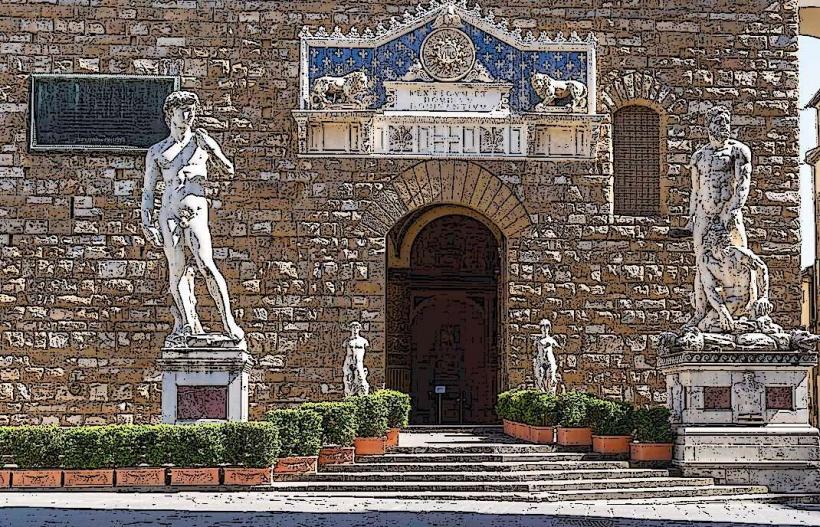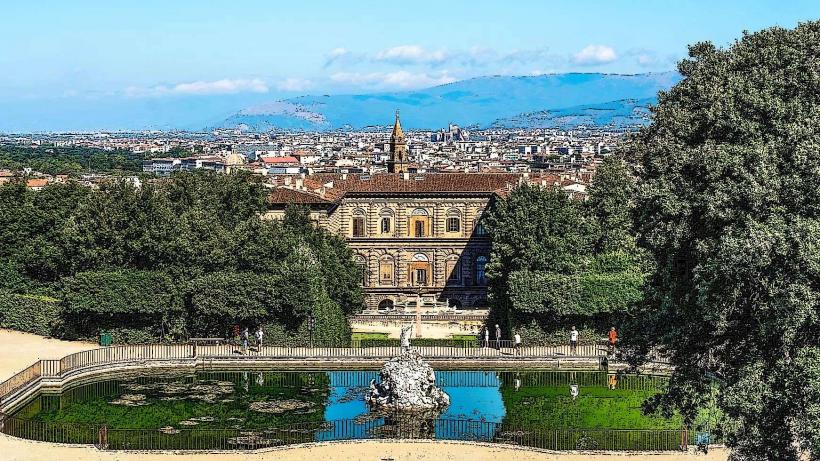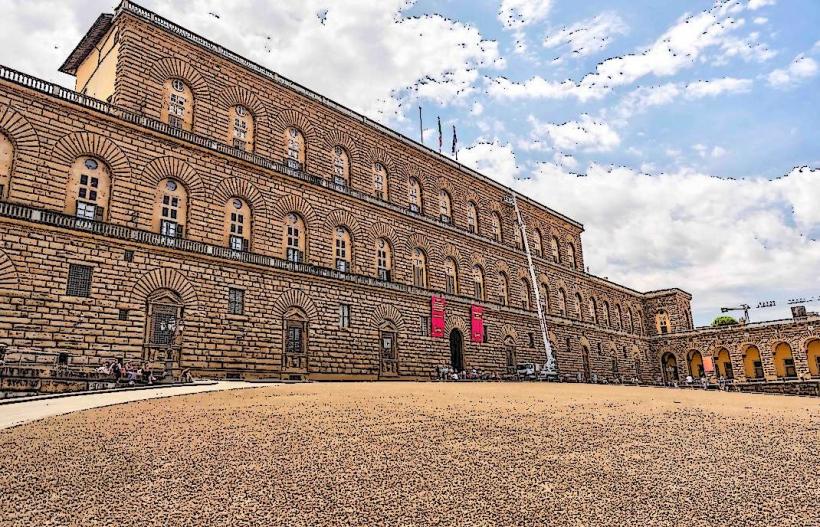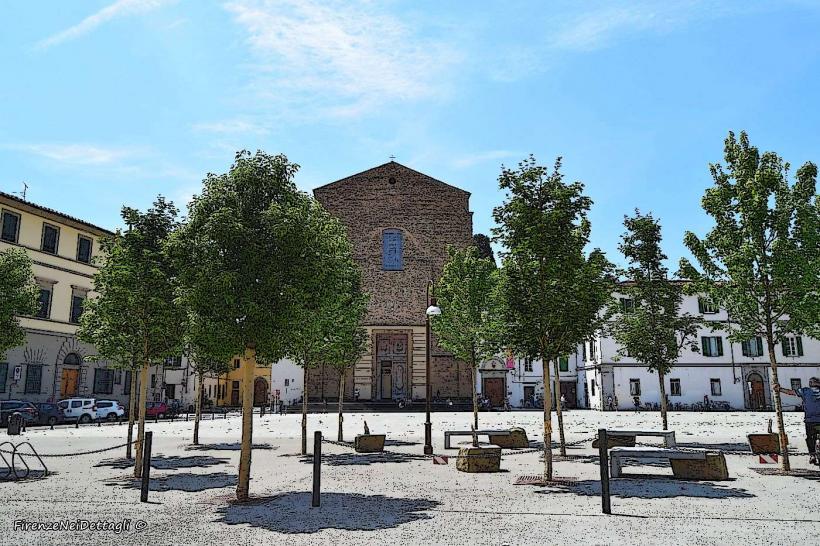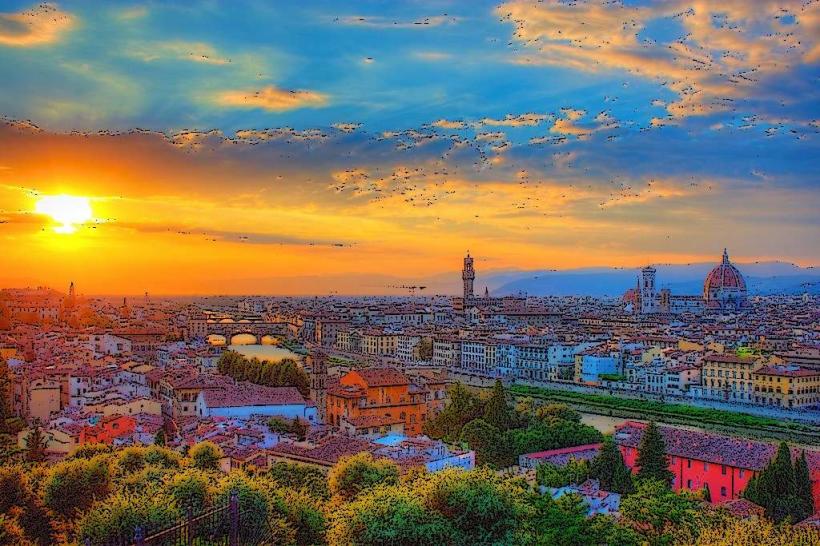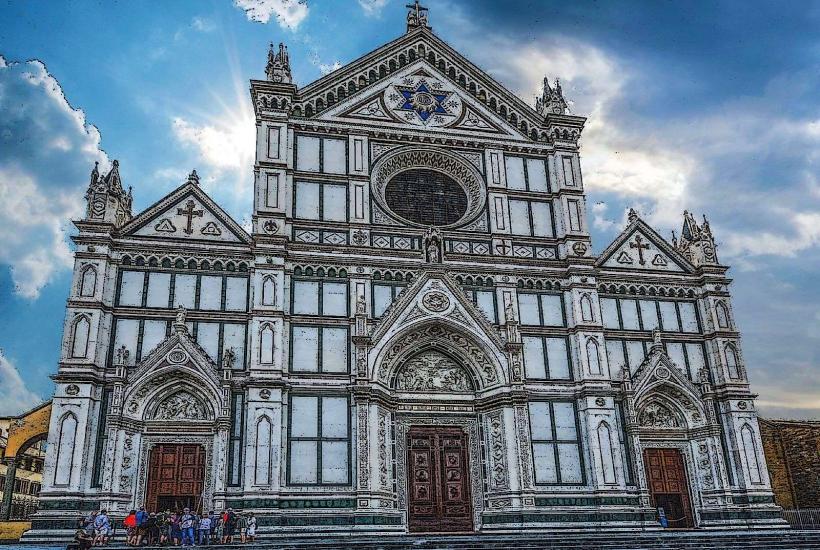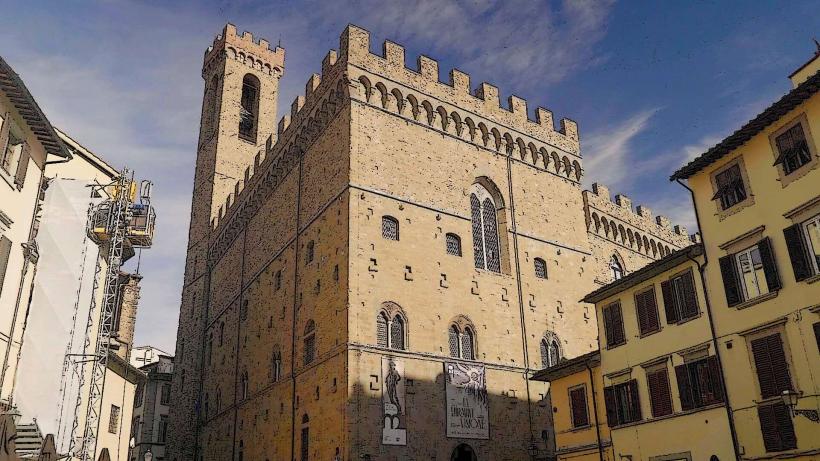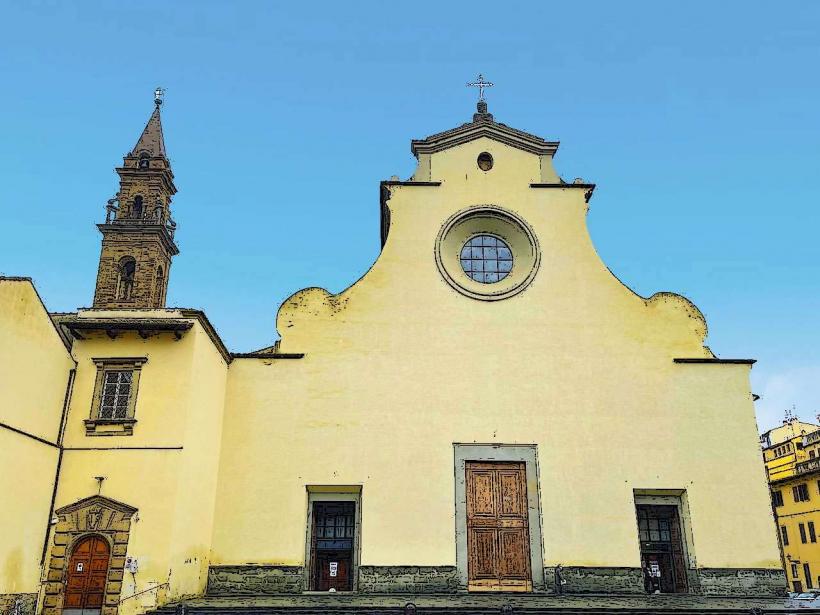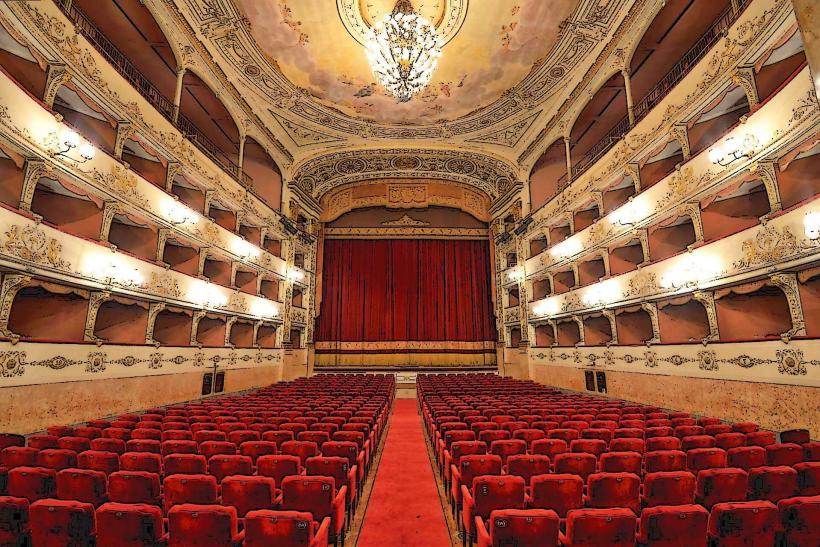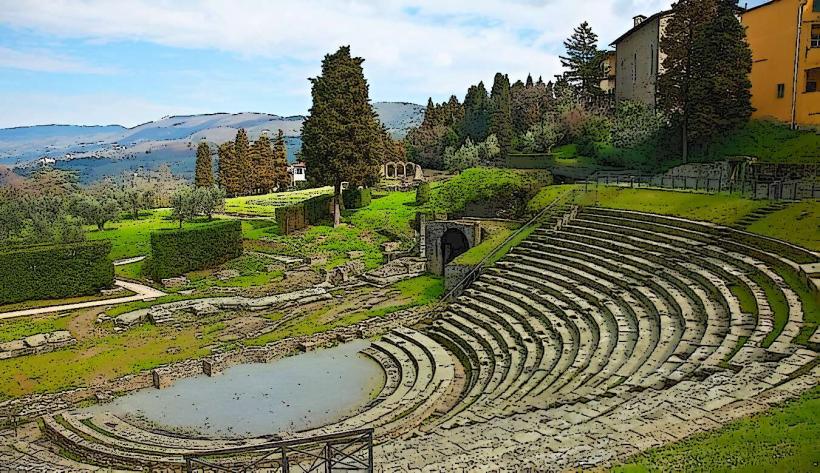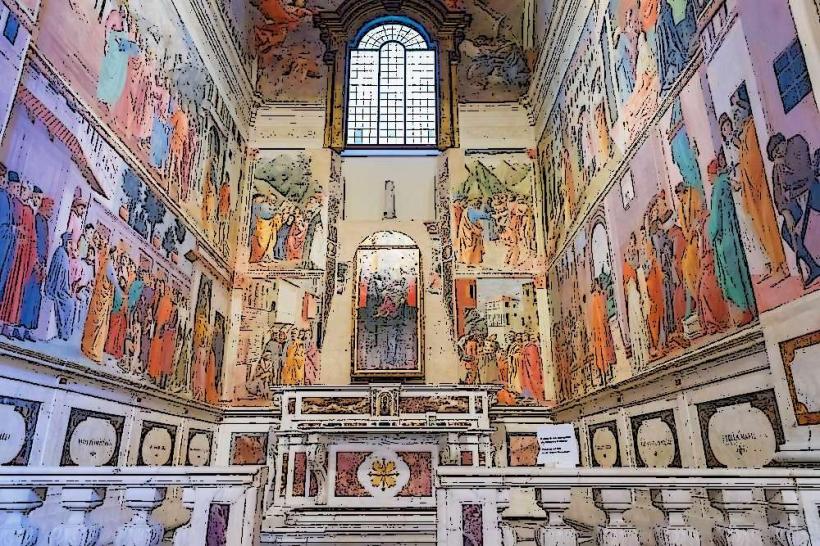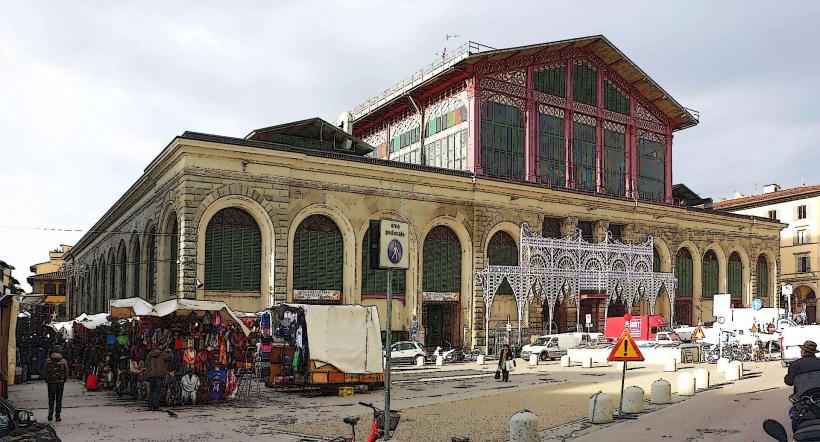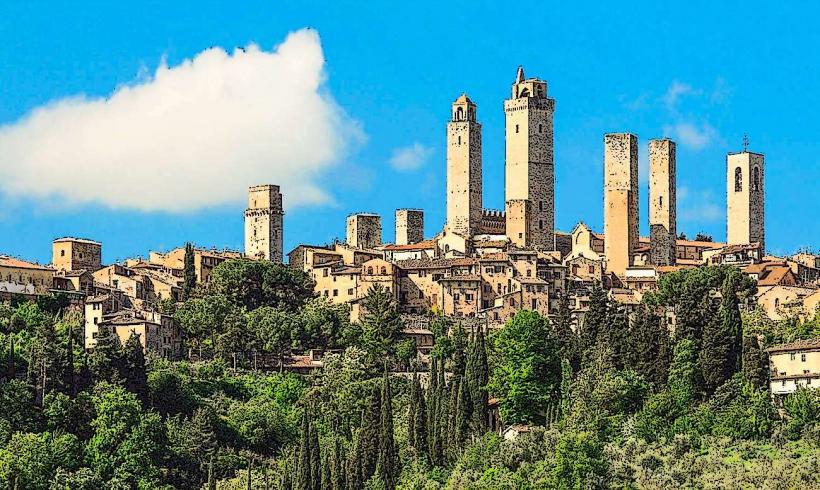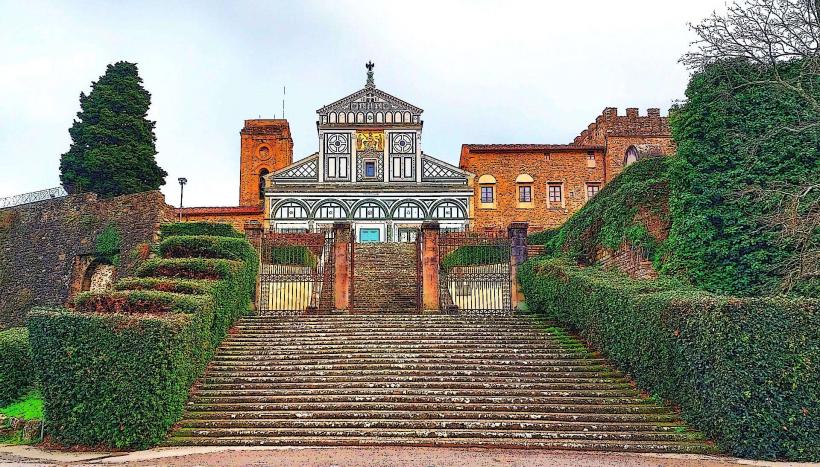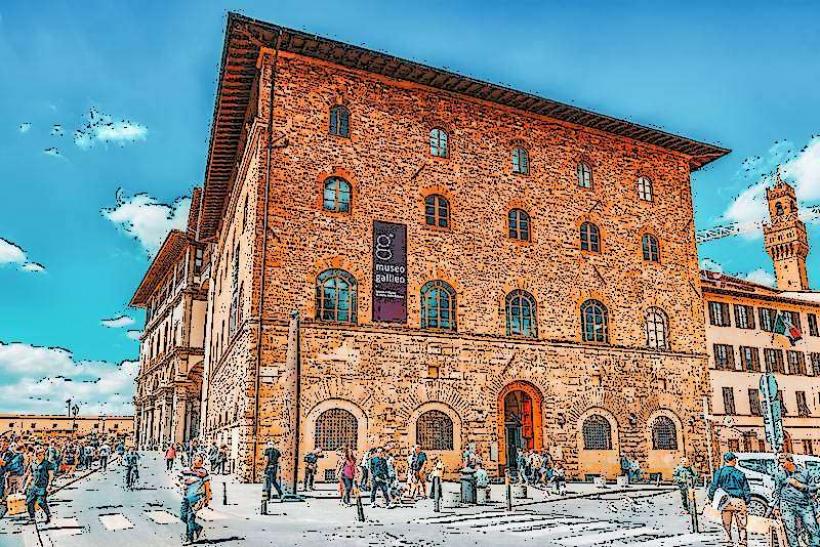Information
Landmark: Loggia dei LanziCity: Florence
Country: Italy
Continent: Europe
The Loggia dei Lanzi, also known as the Loggia della Signoria, is an open-air sculpture gallery on Piazza della Signoria in Florence. It is one of the most remarkable Renaissance structures in Italy, housing a collection of notable sculptures that have become integral to Florence’s artistic heritage. Built in the late 14th century as a place for ceremonies and public gatherings, the Loggia now serves as a prominent symbol of Florence’s devotion to art and culture.
1. History and Architecture
- Construction and Purpose: The Loggia was built between 1376 and 1382 under the direction of architects Simone di Francesco Talenti and Benci di Cione. Originally intended as a gathering space for public assemblies, it also served as a platform for official ceremonies and proclamations by the Florentine government.
- Architectural Style: The structure is an excellent example of Gothic architecture with early Renaissance elements, featuring three large open arches supported by slim Corinthian columns. The arches create a grand and welcoming frame, giving the Loggia an inviting, open feel.
- Name: The name Loggia dei Lanzi comes from the German Landsknechte (mercenary guards) stationed there by Duke Cosimo I de’ Medici in the 16th century. The loggia was also sometimes called the Loggia della Signoria, after the Palazzo della Signoria (Palazzo Vecchio) adjacent to it.
2. Notable Sculptures and Artwork
The Loggia dei Lanzi contains an impressive collection of sculptures, many of which have been housed there for centuries, representing themes of power, victory, and mythological drama.
- Perseus with the Head of Medusa by Benvenuto Cellini: This bronze masterpiece (1554) is one of the loggia’s most famous works. It depicts Perseus holding the severed head of Medusa, symbolizing triumph over evil. Cellini’s work is celebrated for its technical brilliance, detail, and expressive realism.
- The Rape of the Sabine Women by Giambologna: This towering marble sculpture (1583) portrays the dramatic scene of a Roman abducting a Sabine woman. Giambologna’s intricate composition, with three intertwined figures, exemplifies mannerist sculpture and the artist’s skill at creating movement within static marble.
- Hercules and Nessus by Giambologna: Another work by Giambologna, this marble sculpture (1599) depicts Hercules in combat with the centaur Nessus, representing strength and struggle. The sculpture’s dynamism and emotional intensity capture the viewer’s attention.
- Menelaus Supporting the Body of Patroclus: This ancient Roman marble sculpture, also known as The Pasquino Group, portrays Menelaus carrying the lifeless body of Patroclus. It is one of several antique sculptures added to the loggia and is believed to be a Roman copy of a Hellenistic original.
- The Medici Lions: At the entrance of the Loggia, there are two stone lions, known as the Medici Lions. One dates to ancient Rome and the other to the 16th century. They were added during the Medici rule as symbols of strength and protection.
3. Significance and Cultural Impact
- Artistic and Political Symbolism: The sculptures in the Loggia dei Lanzi convey messages of power, myth, and civic pride. They symbolize Florence’s artistic prowess, political strength, and commitment to cultural achievement. The display of mythological heroes and historical figures reflects Florence's admiration for ancient Rome and the city’s Renaissance ideals.
- Open-Air Museum: Unlike traditional indoor museums, the open-air Loggia brings art into the public sphere, emphasizing the accessibility of culture and inspiring residents and visitors alike.
- Influence on Renaissance Art: The Loggia dei Lanzi has inspired artists and architects for centuries. Its collection of statues reflects the shift from Gothic to Renaissance art and serves as a permanent reminder of Florence's central role in the development of Western art.
4. Nearby Landmarks and Atmosphere
- Piazza della Signoria: The Loggia is located in Piazza della Signoria, one of Florence’s most important squares, surrounded by historic sites like Palazzo Vecchio and Uffizi Gallery. The piazza itself is filled with statues, including a replica of Michelangelo’s David and Ammannati’s Fountain of Neptune.
- Open Access: As a public space, the Loggia dei Lanzi is open and accessible to visitors at any time, making it one of the most freely accessible showcases of Renaissance art in the world.
- Vibrant Atmosphere: Surrounded by cafes, shops, and the bustling activity of Piazza della Signoria, the Loggia offers a lively setting where visitors can view sculptures and immerse themselves in Florence’s vibrant street culture.
5. Conclusion
The Loggia dei Lanzi stands as a testament to Florence’s artistic legacy, providing an open-air museum that celebrates the city’s history, power, and passion for art. Its collection of sculptures continues to captivate visitors with their beauty, craftsmanship, and powerful symbolism, making it an essential destination for anyone exploring the cultural and artistic heritage of Florence.

